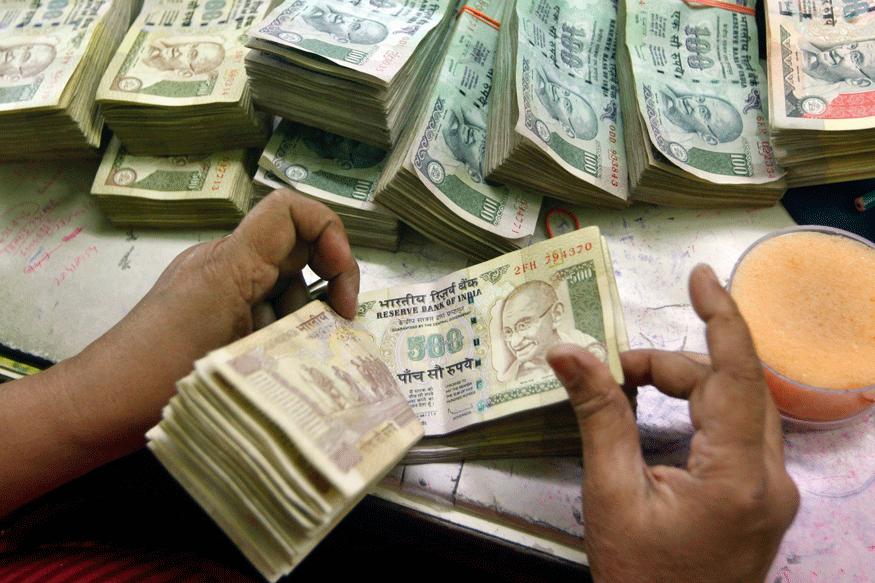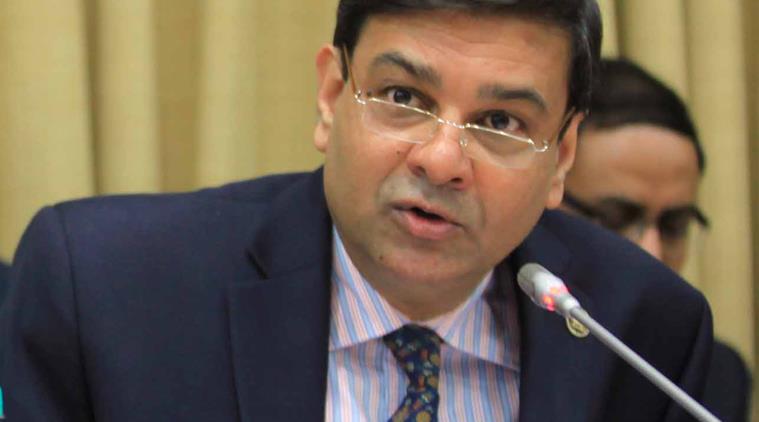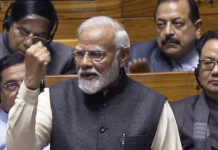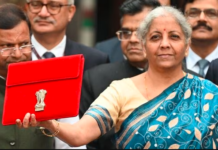Nearly to a month into Narendra Modi’s crackdown against “Black Money”, many issues have been mitigated while a few still remain unanswered. By so far, the common man has accustomed himself to the frequency of the move. Nevertheless, demonetisation was considered beneficial as it signalled a deep rate cut in the interest rates, as opposed to the reality. The Reserve Bank of India (RBI) left the main repo interest rate unchanged at 6.25 per cent, to keep inflation in check.
In RBI’s maiden monetary policy, post Demonetisation, it maintained the repo interest rate unchanged. The repo rate is the interest rate at which the RBI lends to banks. However, most analysts expected a rate cut of 25 basis points to 6 per cent. (100 bps equals one percentage point.)

Amidst the resentment shown by the market due to the unchanged rates, what came as a massive relief for the banks was the RBI withdrawing the 100% incremental cash reserve ratio (CRR) requirement which was imposed on November 26.
“The decision to declare high-currency as illegal tender could result in a possible temporary reduction in inflation of the order of 10-15 basis points in Q3 (October-December period)”, the central bank said.
“The inflation outcome in September and October vindicates (our) current stance,” said RBI governor Urjit Patel.

The RBI clearly is playing the long game by targetting inflation instead of taking measures to address the short-term impact on GDP due to the scrapping of high value notes. And leaving the repo rate unchanged has nothing to do with the forthcoming US Federal Reserve decision, the RBI said.
“The decision of the Monetary Policy Committee is consistent with an accommodative stance of monetary policy in consonance with the objective of achieving consumer price index inflation at 5 per cent by Q4 of 2016-17 and the medium-term target of 4 per cent within a band of +/- 2 per cent, while supporting growth,”the RBI said.
Favourably, the RBI forecasts inflation to be around 5% for the fourth quarter of FY17 on account of the temporary price reductions resulting out of demonetisation decision.












